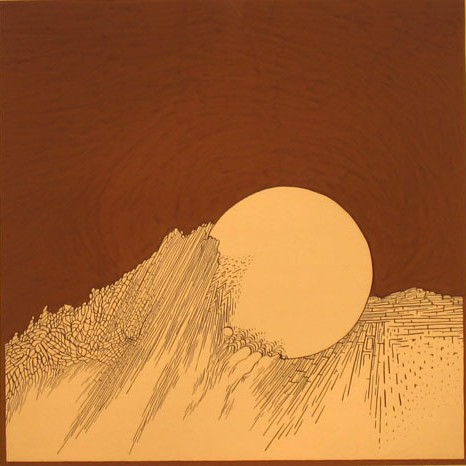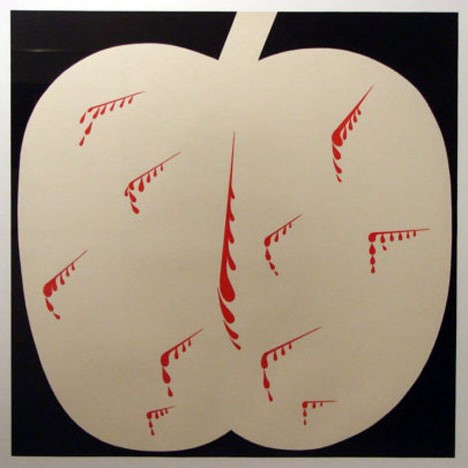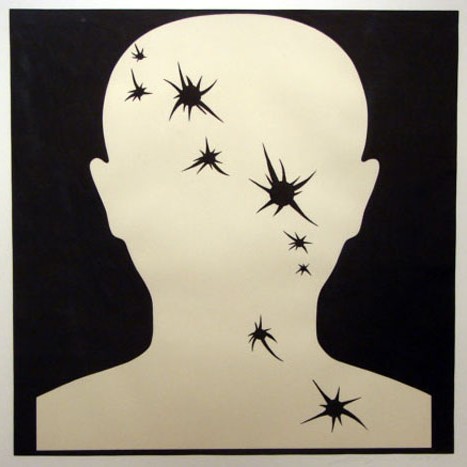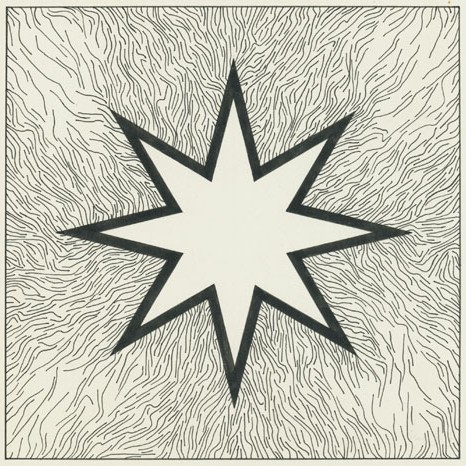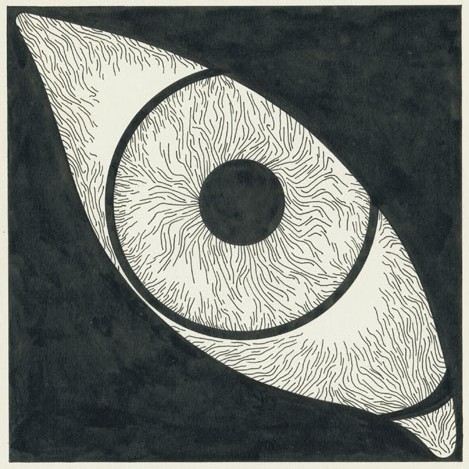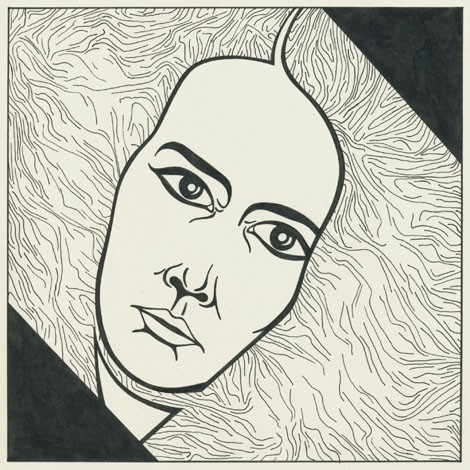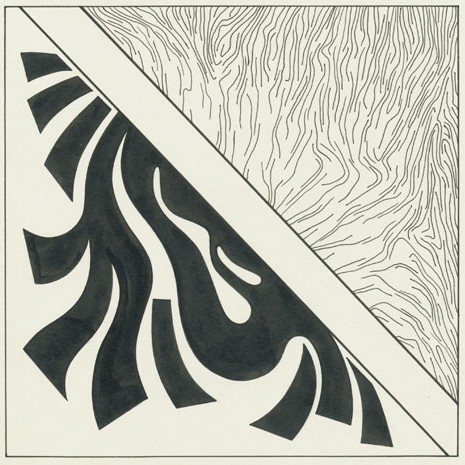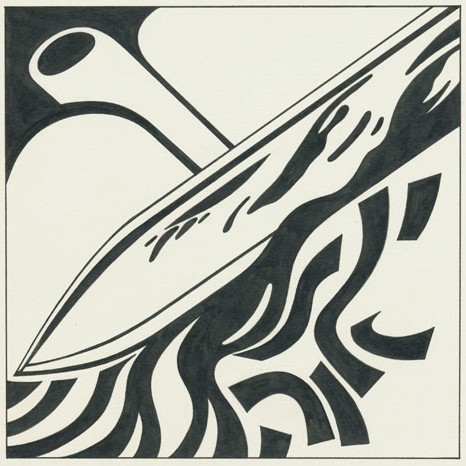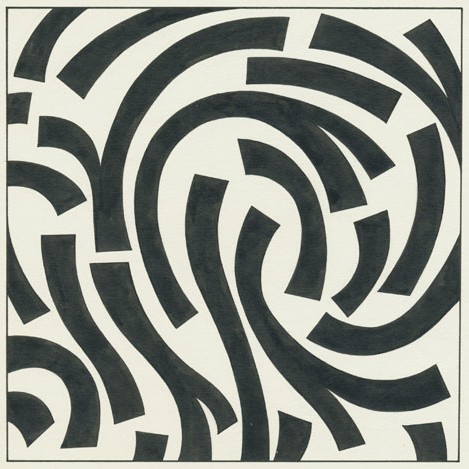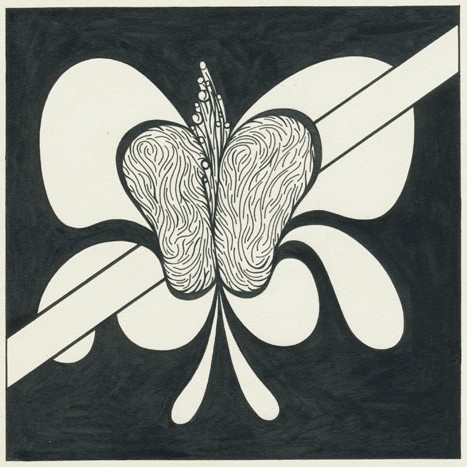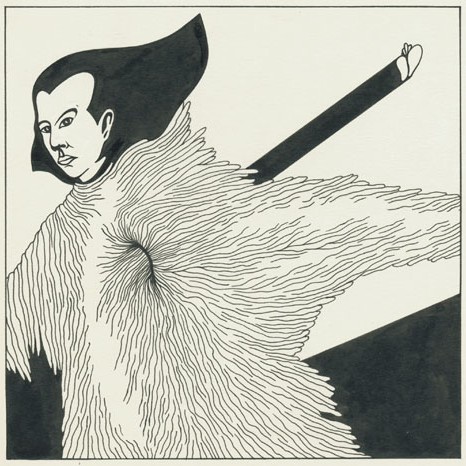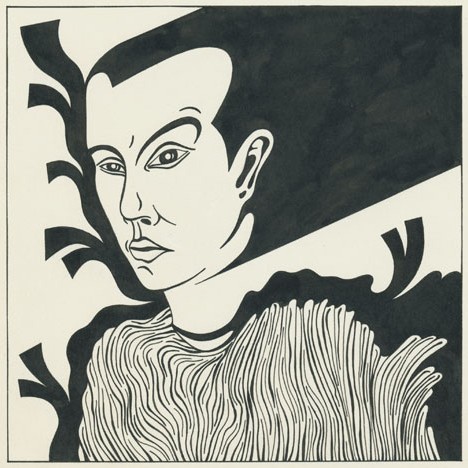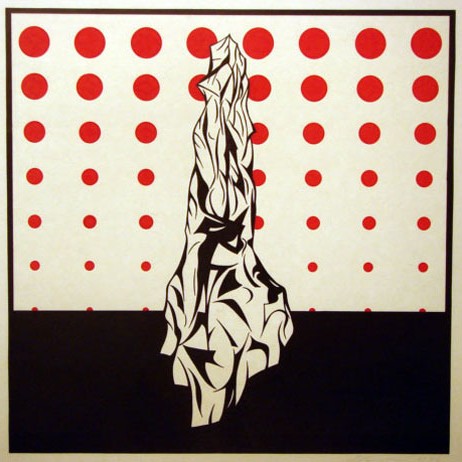Exhibition > Past > Haus Gallery
Haus Gallery 05.11.2007-14.12.2007
Leonhard
Lapin will become this autumn 60 years old. This could seem
a dignified age, but while having a look at the total amount of Lapin’s creation and
the range of his talent, one could guess that he becomes thrice the mentioned
age. In the Estonian culture of the second half of the 20.century there are not
exactly many spheres which could be written without the name of Leonhard Lapin.
Literature and poetry by Trapeež, theatre and the staging “Multiplitseeritud inimene” (“The multiplied man“),
architecture and the designed houses, painting and the paintings, the art of
performances and happenings, art history and Lapin’s thorough researches,
theory and his discussions of for instance vacuity – and so on. Still, from
that whole bunch we can rip up threads that are longer than others.
The graphical art of
At the present exhibition there are being exposed the
works that can be viewed from two angles which also characterize the two
principal ways that have become customary for viewing art. From one side eternity
is expected from art. Here must be presented the values which cannot be found
elsewhere and which never die. While looking in this key, in case of the
present exposition we should talk of the artist’s “messages”. It seems that one
of them could be the claim of the living right of aesthetic auto-worlds. Lapin
manifests the inherent existence of art that actually does not mean sentimental
admiration, but paradoxes, beauty, absurd, optical illusions, dual
interpretations, social sensitivity, subtle line handling – all of these more
concrete and abstract notions that in other spheres of life can not be
encountered or at least can not be encountered in such a manner. So Lapin is
the advocate of everything that should ennoble and console man in the most
miserable situations.
Another angle of vision is to see Lapin in these
historical-social conditions, in which his works were accomplished. In such a
case come out periodically specific notions that make us for instance ask
questions concerning the artist’s freedom, responsibility and obligation in a
closed system. How to make political art at the moment when it is
unconditionally prohibited? Lapin is not an author, who would somehow conceal
his mentality. He is shameless, ironic and sharp. His works become like
billboards, being simultaneously artistic avant-garde and tested means of
propaganda. So at the present exhibition we can recognize that even if we line
up almost all known spheres of art, we do not line up Lapin’s hobbies, as art
has always been for him only one hone of the world.
